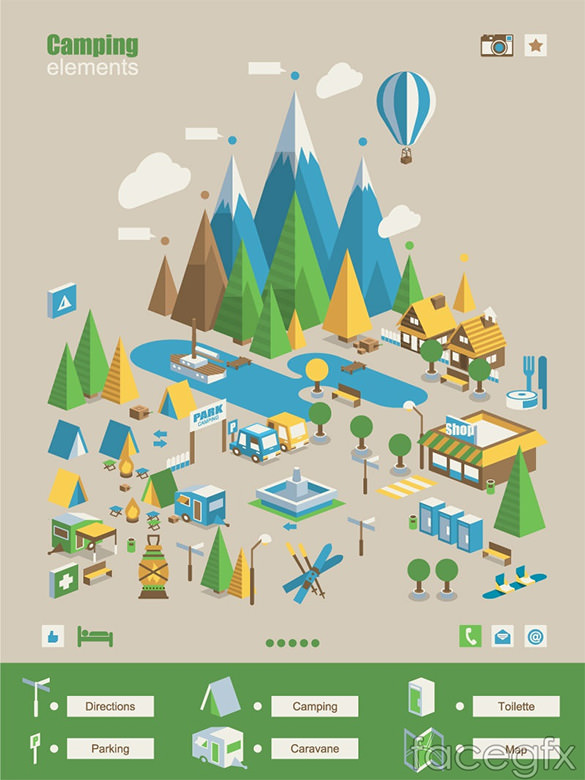Lessons From History Why Wall Tents Still Matter
What Dimension Range Jack Do You Need?Cooktop jacks are vital to risk-free tent cooktop use, keeping cold air, rain, snow, insects and even flammable combustible products out of the camping tent. But, they're not without their challenges. Continue reading to learn about usual errors campers make when fitting their oven jacks, and exactly how you can avoid them at your camping site.
Product Compatibility
When purchasing a cooktop jack, see to it it is made from heat-safe products. The material utilized to make the jack ought to also be durable and breathable, which will aid to maintain the outdoor tents cozy and completely dry when it's in use.
Once you have actually located an oven jack that is compatible with your tent, it's time to decide where you want to install it. Usually, it's ideal to put the oven in the center of the camping tent to help maintain all locations warm and cozy, but it's important to avoid positioning it straight up against a camping tent wall since this is a fire hazard. Additionally, think about exactly how easy it will be to reach your stove when refueling and cleaning up in the middle of the evening.
Range jacks are pretty simple outdoor camping equipment, but they are unbelievably vital for securely utilizing a tent range in any type of climate condition. By putting in the time to choose the correct dimension and appropriately mount your range jack, you'll be prepared for a comfy outdoor camping experience!
Oven Pipeline Diameter
The size of your cooktop pipeline is very important to make sure proper airing vent and to stay clear of a fire risk. A small diameter pipeline will work great in a lot of tents, yet a bigger one ought to be used with a heavier-duty canvas outdoor tents or a Tipi.
When it pertains to identifying the ideal positioning of your oven, the center of the outdoor tents is commonly the best selection. This will certainly help maintain the entire outdoor tents cozy while reducing the potential for smoke to leakage around the edges. It additionally helps protect against warm from blowing away from the cooktop and into flammable materials like wall surfaces or ceilings.
When it pertains to wall and flooring protection, NFPA needs at least 36" of clearance from flammable walls. This can be minimized by using a cooktop shield and a single-wall stovepipe with a shielded thimble shoulder bag (if going into the ceiling, attic room or roofing system). Constantly consult your woodstove producer's proprietor's handbook to learn more concerning proper installment.
Stove Pipeline Size
Apart from not being straight up against the wall of the outdoor tents (where it could be a fire hazard) there isn't truly an incorrect location for a cooktop jack. It's just an issue of preference, depending upon just how easy it will certainly be to reach for refueling and exactly how close it will certainly be to the entrance of your camping tent.
Nevertheless, if you mount your pipe as well way out from the stove, chilly air and rainfall will have the ability to blow in around the beyond the pipe. This isn't suitable, as it will make starting your oven and maintaining a good draft challenging.
To identify how much flue pipe you'll require, gauge the distance where your outdoor tents's stove will certainly rest to your chimney opening. After that subtract two inches since each area of pipeline overlaps. The number you get is the amount of pipeline you'll require to purchase. Luckily, mounting stove pipes isn't hard and needs very little devices.
